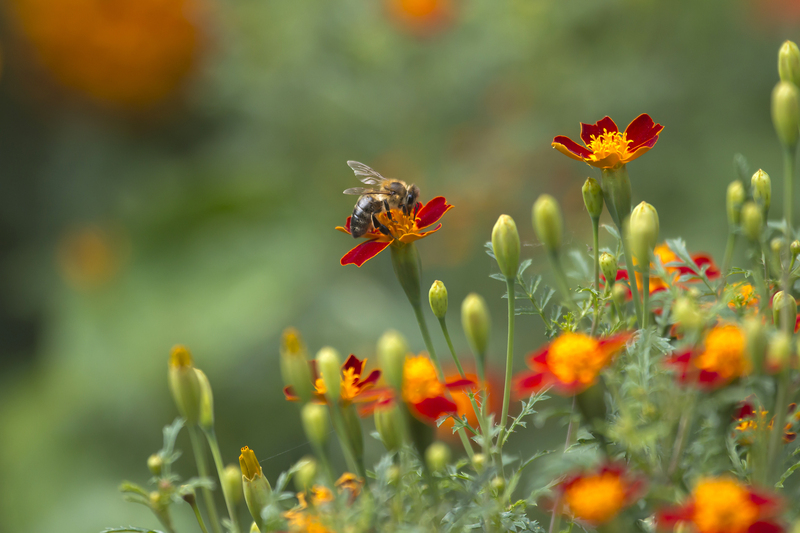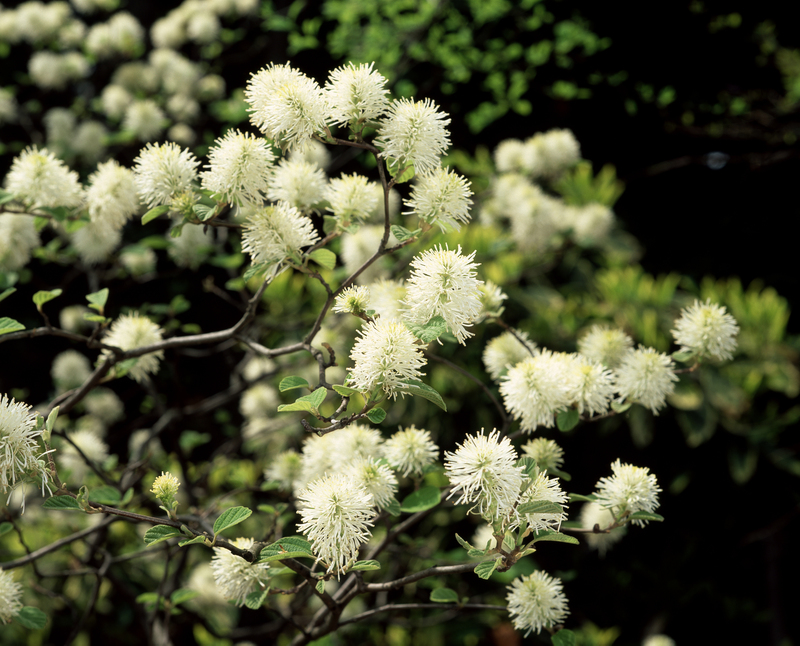Shady Retreats: Evergreen Climbers for Dim Areas
Posted on 20/09/2025
Shady Retreats: Evergreen Climbers for Dim Areas
Creating a lush, vibrant garden in areas with limited sunlight can be a challenging task, but not impossible. With the right selection of evergreen climbers, you can transform those dim spaces into a verdant oasis. These climbers thrive in low-light conditions and add immense beauty and structure to your garden throughout the year.
The Beauty and Benefits of Evergreen Climbers
Climbers provide an elegant solution to garden design in shaded areas. Their ability to scale fences, trellises, and walls allows for a vertical dimension of greenery, enhancing any space with natural charm and character. Their evergreen nature ensures that your garden remains lush even in the dreariest months, promising year-round visual appeal.
Why Choose Evergreen Climbers for Shady Areas?
- Year-round Foliage: Unlike deciduous climbers, evergreen varieties maintain their foliage through all seasons, filling your garden with continuous greenery.
- Minimal Maintenance: Once established, many evergreen climbers require little maintenance, making them an excellent choice for low-maintenance gardeners.
- Versatility: These climbers can be used to cover unsightly walls and fences, create privacy screens, or act as natural backdrops.
- Additional Environmental Benefits: They provide habitats for wildlife, improve air quality, and help reduce noise pollution.

Top Evergreen Climbers for Shady Gardens
Ivy (Hedera helix)
Among the most popular and hardy evergreen climbers, Ivy excels in shady locations. Its deep green, glossy leaves provide excellent coverage for walls and fences. This climber is particularly suitable for those who need a quick-growing plant to establish coverage swiftly.
Climbing Hydrangea (Hydrangea anomala petiolaris)
Climbing Hydrangea is another superb choice for shaded areas. Known for its stunning display of white flowers, it's ideal for covering large surfaces. Beyond its blooms, its bark adds textural interest even in winter.
Japanese Honeysuckle (Lonicera japonica)
For a fragrant option, consider Japanese Honeysuckle. Its sweet, nectar-rich blooms attract bees and butterflies, making your garden a hub of activity. This climber performs well in less sunny areas and provides a long flowering period through summer and autumn.
Evergreen Clematis (Clematis armandii)
With beautifully scented flowers and leathery dark foliage,

Care Tips for Evergreen Climbers
Understanding Light Levels and Soil
Though these climbers enjoy the shade, some sunlight is beneficial. Dappled shade or indirect sunlight often works best. Ensure the soil is well-draining while retaining the necessary moisture and nutrients to support plant health.
Watering and Fertilization
Regular watering is essential when establishing young plants. Once matured, most evergreen climbers are drought-tolerant. A balanced fertilizer in early spring can encourage vigorous growth and lush foliage.
Pruning for Healthy Growth
- Timing: Most climbers benefit from annual pruning. The ideal time varies, with some requiring trimming after flowering while others do best when pruned in late winter.
- Technique: Remove dead or damaged growth and thin out closely packed stems to improve air circulation.
Conclusion: Designing Your Shady Retreat
Transforming a dim corner of your garden into a lush sanctuary is achievable with the strategic use of shade-loving evergreen climbers. By selecting the right plants and providing adequate care, you can enjoy a thriving green space throughout the year. Let these versatile and delightful climbers redefine your garden's potential, ensuring every corner is vibrant, inviting, and full of life.
With the interesting and diverse range of evergreen climbers available, decorating shady areas of your garden becomes both an exciting and rewarding journey.

